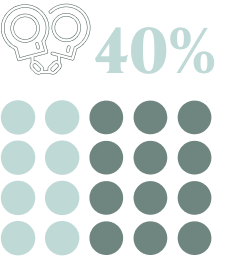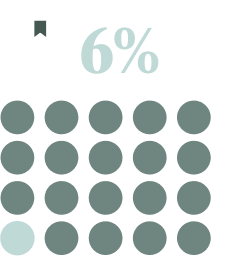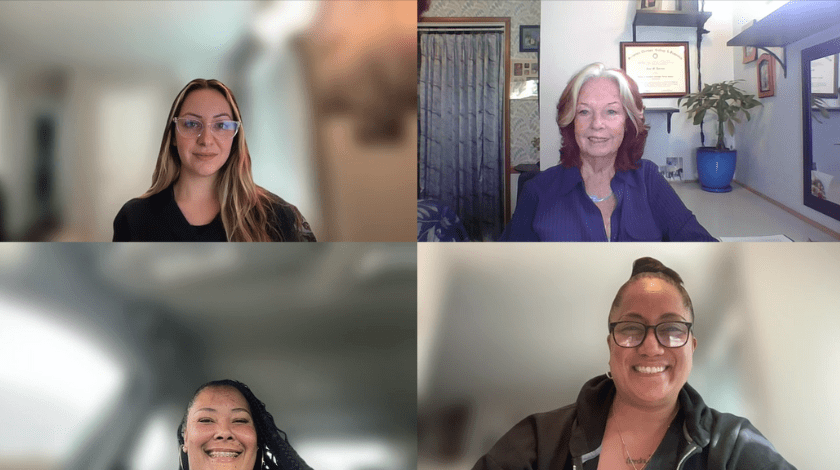OUR APPROACH
We support rehabilitative models that reduce recidivism and promote the successful re-entry of system-impacted individuals through improved access to education, employment, and economic opportunities both in prison and post-release.
Design
Design strategies to meet challenges in criminal justice and higher education
Fund
Fund community organizations to build capacity and create social impact
Facilitate
Facilitate technical assistance to guide successful implementation of justice programs and practices
Convene
Convene practitioners, thought leaders, and students to create positive and meaningful change
The Problem

One year of community college costs around $10,000 per year.

The average formerly incarcerated person makes an average of $19,000 per year.


Black men make up 40% of the prison population yet represent only 6% of college students in California.

Just over half of people released from prison are unemployed in the year after they reenter the community.

Formerly incarcerated people are unemployed at a rate of over 27% — higher than the total U.S. unemployment rate during any historical period, including the Great Depression.

Postsecondary education in prison has the potential to increase employment rates for people reentering by around 10%.
Resources
California’s Best Practices
Pathways From Prison to College
Informed by the lived experiences of justice-impacted individuals, Pathways From Prison to College lays out detailed strategies for supporting currently and formerly incarcerated students in their educational journey.
Protecting and Expanding Educational Opportunities for Incarcerated and Re-Entry Populations
We aim to improve the quality and availability of traditional degree programs for all system-impacted individuals (and to safeguard such opportunities from profit-driven, predatory actors), while working to create, strengthen, and expand the pathways from prison to college pipeline.
Enhancing Workforce and Economic Opportunities for Incarcerated and Re-Entry Populations
We support career technical education, vocational training, entrepreneurial, and upskilling programs that provide system-impacted individuals with the necessary competencies for regional high-growth career pathways, while simultaneously working with employers to create environments that better support their success.
Supporting Common Sense Approaches That Address Practical Barriers to Successful Re-Entry
We work to shine a light on the many re-entry barriers that stem from the largely punitive and discriminatory roots of our justice system, and seek out common sense solutions to reduce these obstacles.
Featured Events



partner reflections
Recent News
Stay Engaged
For more information about our Smart Justice initiative please sign up for our newsletter below or reach out to Kenia Miranda Verdugo, Program Manager, kenia@20mm.org.
The Michelson 20MM Foundation is committed to protecting and respecting your privacy, and we’ll only use your personal information to administer your account and to provide the products and services you requested from us. From time to time, we would like to contact you about our services, initiatives, and other content that may be of interest to you.
You can unsubscribe from these communications at any time. For more information on how to unsubscribe, our privacy practices, and how we are committed to protecting and respecting your privacy, please review our Privacy Policy.
By clicking submit below, you consent to allow the Michelson 20MM Foundation to store and process the personal information submitted above to provide you the content requested.